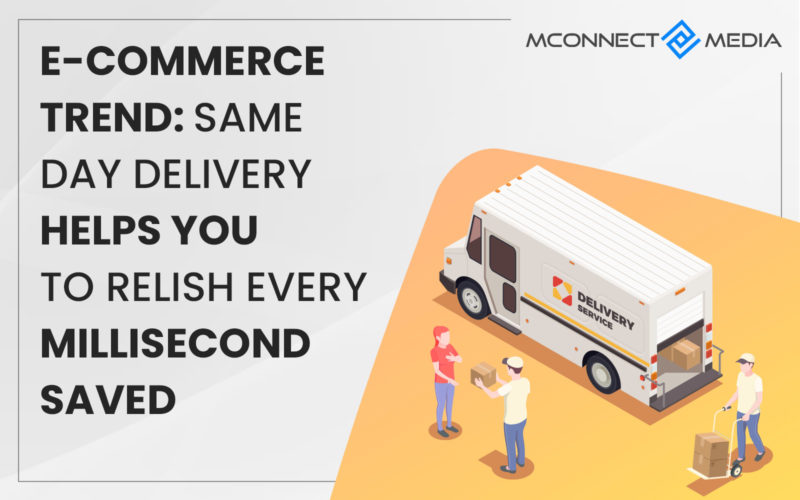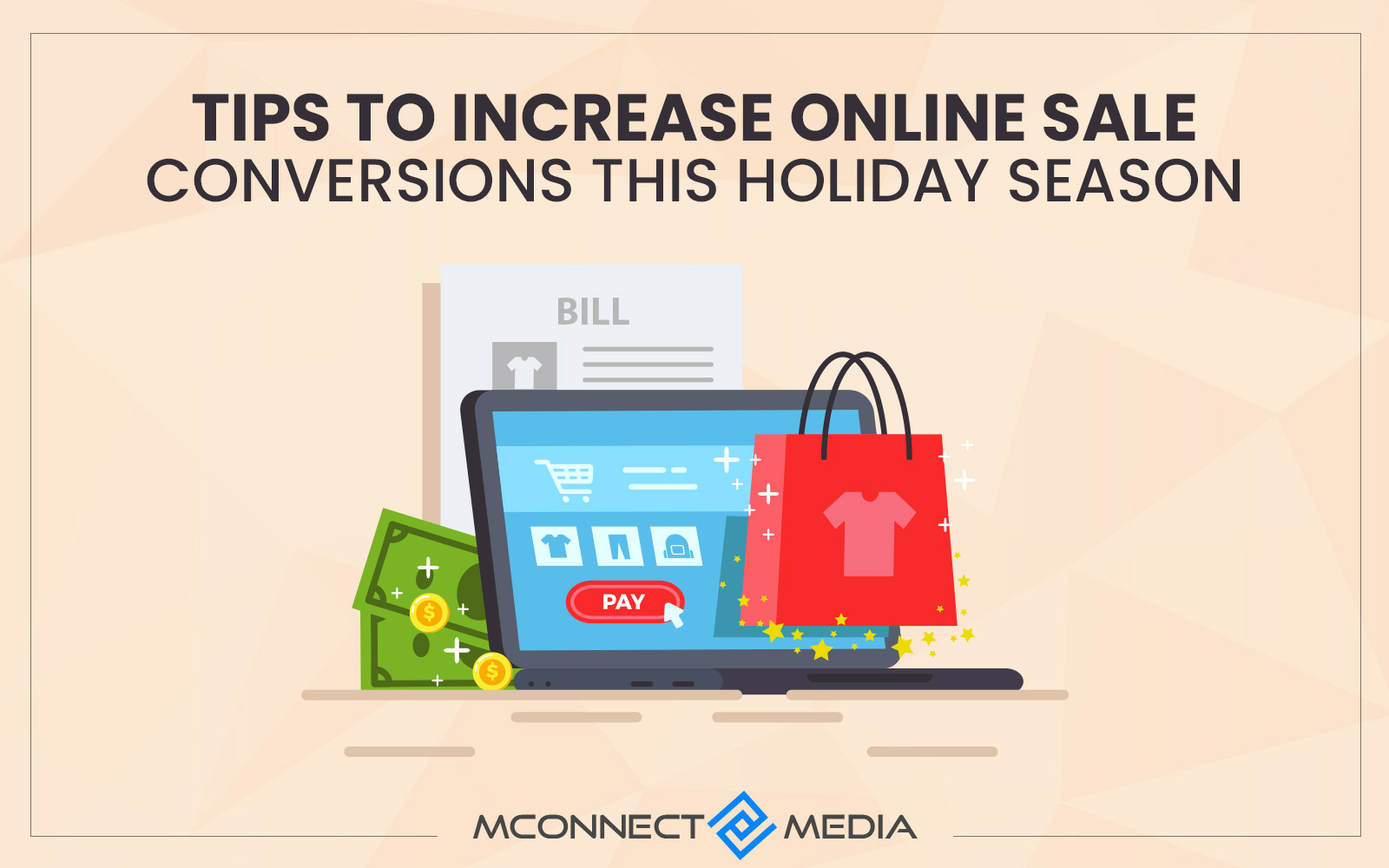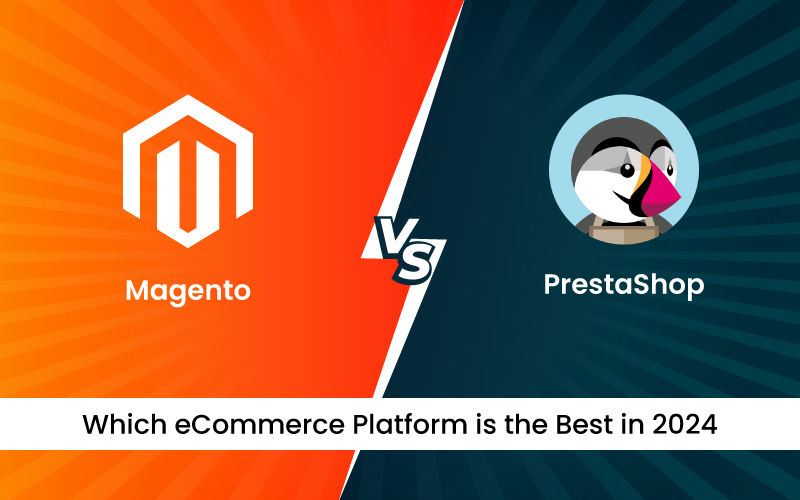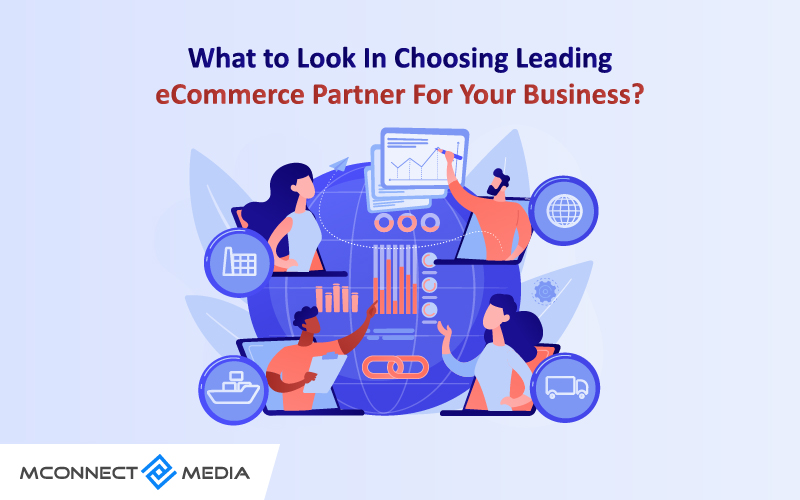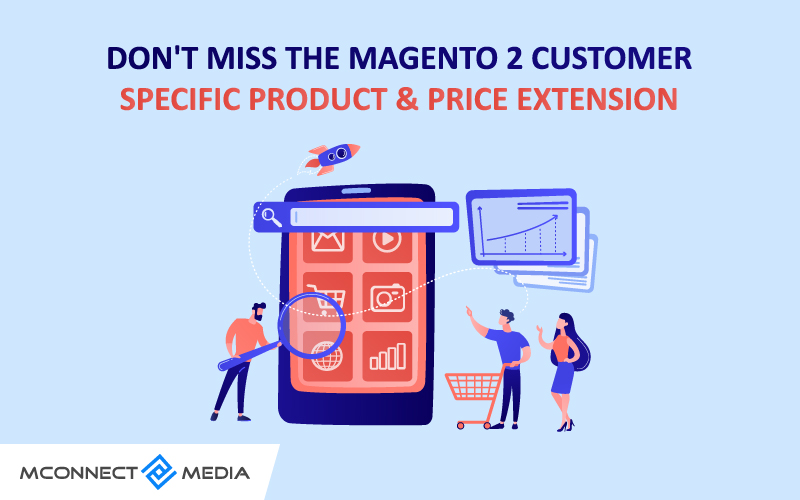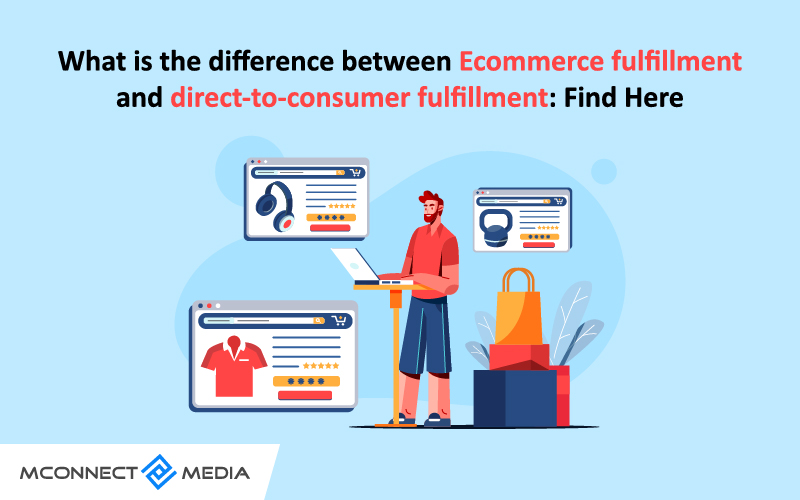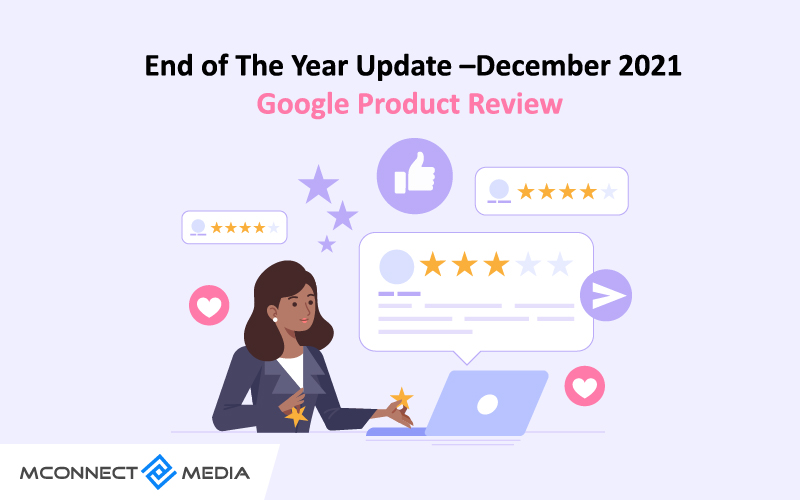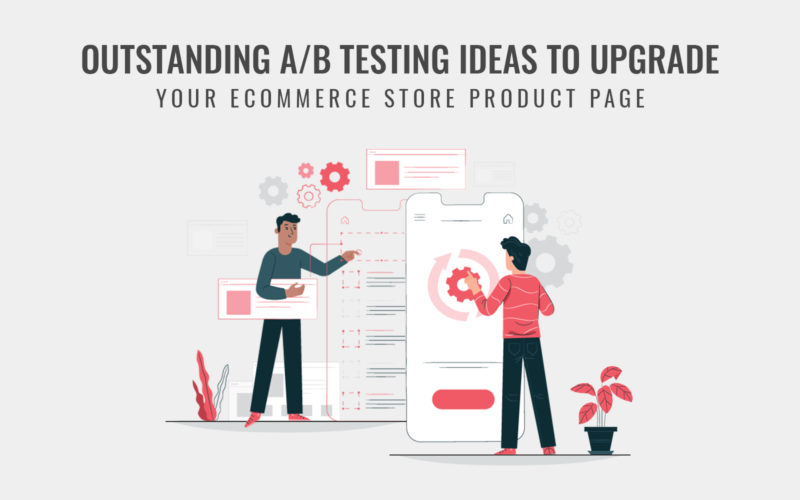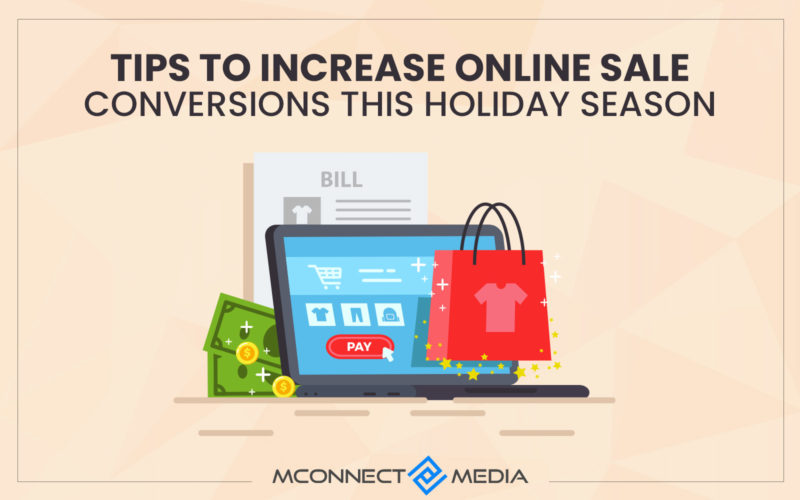In a small town, everybody knowing everybody personally is a step towards Personalization. Similarly, when an e-commerce tries to know its client personally, manages to grab its taste, online Personalization starts. Personalization has omitted the frigid relationship between a merchant and his customer. Personalization has made the channel, a source of seamless experience for the users.
I Miss the Personalization that Vegas Was – There Were Showroom Captains and All the Dealers Knew the Gamblers by their First Name.
-Wayne Newton
The traditional business, i.e., brick and mortar method of trading involves relationship building with the customers. It involves reading a psychodynamic of a consumer in an objective and standardized way. This may range from remembering customer’s name, to refer them in a friendly manner in public, or to send them greetings on every Easter. What it does is- it spawns a strong decision making conviction and sense of kinship among the customers. Personalization of brick and mortar involves making a faster and easier communication with the customer.
Similarly, eCommerce demands mentioned bit of interaction with the customers. Since E-Commerce is a vast platform, it is nearly impossible to be involved directly into any kind of relationship building with them. So, what could be the possible way of interaction with the online buyers? This is where eCommerce Personalization comes into the frame. Existing technology can be used to personalize an eCommerce store. What is the probable definition of Personalization of an e-commerce? Here it is:
Personalization warrants the lively and dynamic placing, customization, modification and recommendation of content in any platform which is appropriate to each and every independent user, based on the their implicit behavioral pattern and leaning, and explicitly provided data.
Autopsy:
“Personalization warrants the lively and dynamic placing, customization, modification and recommendation of content”
Personalization doesn’t necessarily mean alteration in product management or extraordinary product recommendations: it can also involve placement of any content like graphics, schemes or text depending on the need of the customer (e.g. notifying a guitar-orientated scheme for a returning guitar buyer), or customizing content that is already there (e.g. “Hi, Roger, You might want to buy this strap belt for you guitar”) in any platform”
It means that customization and recommendation aren’t constricted to the single platform, let’s say- website only. Its implementation should be applicable for any kind of medium or touchpoint, such as emails, apps, portals, store, etc… “which is appropriate to each and every independent user, based on the implicit behavioral pattern and leaning, and explicitly provided data.”
Finally, the most relevant part of the definition. Personalization is a process which uses both implicit and explicit data, obtained in different ways. Firstly, users might explicitly share some details, such as their gender, date of birth and geographical location while enrollment and secondly, real time analytics are responsible to map their implicit details, like their behavior regarding COD. When “join operation” is applied to the derived columns of details, some conclusive patterns are obtained, which may be used to target the user for conversion.
A vast number of e-Commerce has relied on Personalization. Myriad of data have surfaced in the past which manifest that it is an essential trend for conversion. Let’s have a look at some of the surveys:
Let’s have a look at some of the Surveys:
- Digital Trend says, “73% of consumers prefer to opt for those brands that use personal data to make their shopping experiences more interactive and relevant”.
- “86% of buyers say Personalization plays an immense role in their purchase making decision abilities”, a report from Infosys
- “Probability of online shopping mounts to 45% on a site that offers personalized recommendations”– a published from Invesp
- Report from Monetate, a global leader at Personalization of softwares articulates, “40% of consumers buy more from sellers who personalize the shopping aura and provide seamless experience across channels”.
And the list goes on because success stories involving Personalization is endless. Now, interesting questions that keep triggering our rationalities are
How does Personalization looks like? What is it to experience Personalization in the field of e-commerce? What are its holistic approach?
Let’s drill out all the answers in the form of exemplary experience of Mr. Jack, an ex-believer of traditional shopping, now a loyal online buyer of, let’s say- “XYmart” from The United States of America. Mr. Jack has been a faithful customer, since his friend Daniel suggested him the ascendancy of the mentioned online store in 2015.
In 2015, when Jack registered himself on the store, much to his surprise, XYmart greeted him with a personalised text “Hello Jack” instead of “Hello User” on his homepage. Though he was astounded by the greeting, he continued to believe that automated systems were inefficient, and were not as interactive as customary businesses. A week later, when Jack was painting the town red on occasion of his birthday, he received an unexpected mail from the store, which wished him “Happy Birthday Jack. Enjoy Thoroughly!”. But he was still reluctant to acknowledge the efficiency of the online system.
Let’s demystify how XYmart manages to astound its user who logs in for the first time.
- Principle it works on: Explicit Data Personalization
- Detailed Principle: Store takes the advantage of the details entered by the enroller. Based on the details fetched, it extends its hand to enhance the customer-merchant relationship.
- Data Fetched From: Explicit details entered by Mr. Jack while enrollment.
- Data Used At: Greeting, wishing and giving birthday coupons.
Points to Be Taken Care Off:
- Don’t mention the age. People can be sensitive about it, there is no need to remind their age.
- Don’t delay the birthday messages. Because Personalization happens at real time, and delay is nowhere close to Personalization.
- Greet them in a way which generates a sense of kinship, don’t make it too formal.
- After Jack returned from his tiring party, he already felt tied with the store, albeit he would suppress his admiration deliberately. He opened the store and quickly skimmed through some of the products, including black shirt as his formal haberdashery and a pair of formal shoe. But due to lack of his decisiveness, he abandoned the product on cart.
He woke up next morning only to find notification from the store which asked, “C’mon Jack, Complete the Process and Buy before It Gets Sold Out”. Jack was left shell-shocked. He was already harboring a great deal of astonishment in his brain. But he would bridle his brain, and convince it not to accept the promptness of the store. He ignored the notification and swiped it right away. Later in the evening, while he was having his supper, he received a push-notification which read, “Hurry Up, Scheme on Your Cart”. Jack rushed to the store in a jiffy, to check the listings. And he genuinely found it cheaper than the last night. He ordered the product and cleared his cart.
Let’s check on how XYmart manages to notify its user who abandoned his shopping cart, and how did it manage to convert an apparent lost sale.
- Principle It works on: Check-Out allurement.
- Detailed Principle: Store is customized in such a way, that it tracks the shopping cart abandonment and pattern behind it. Based on the activity recorded, a notification is sent in the form of push-notification, or even at landing page of the user. The chances of conversion strengthen with every personalized notification.
- Data Fetched From: Cart and browsing history of Mr.Jack
- Data Used At: Notifying schemes, notification for completion of the process, application notifications, personalised emails.
Points to Be Taken Care Off:
- Don’t notify repeatedly. That might kill the essence of Personalization and user might feel harassed.
- Don’t compromise brand value in order to hit conversion. A brand value lost is a conversion lost.
- Jack eagerly waited for his shirt to arrive. Midst of his wait, he was texted by the store, which read,
Hey, Jack! Your XYmart Order, with ID:123 has been shipped and it might reach to you by tomorrow. All You need to do is, sit back and relax. You can track your product using your ID at www.###.com
Jack began to realise that, even logistics are personalised in e-commerce.
Let’s see how XYmart neutralizes the waiting anxiety of its customer by a simple text.
- Principle It Works On: Logistic & Tracking details.
- Detailed Principle: Store is programmed in such a way, that it records the activity log at each step(from purchase to sale). Based on the events recorded, automatic texts are generated, with the name of vendee attached with it. It assures the customers that their products are soon to be delivered. It is another step closer to Personalization.
- Data Fetched From: Explicit data from the user, logistic details.
- Data Used At: Notifying the logistic details, notifying the probable date of delivery.
Points to Be Taken Care Off:
- Make sure that product reaches by time. Give the sure date of delivery. If customer has to wait more than the mentioned date, the efforts of Personalization are diluted.
Colleagues of Jack praised his new shirt. It was then, when one of them asked him about the seller and quality of his shirt. On being answered by Jack, one of them asked him about his purchase experience. Jack yanked out his phone from the pocket. He clicked on the store and started to scroll the screen. Not to his surprise now, he was recommended with “black shirts of different brands”. He showed the recommended products to his colleagues. They immediately acknowledged the context of Personalization in a positive manner.
Let’s see how XYmart regulates the recommended products.
- Principle It works on: Navigational Personalization.
- Detailed Principle: In layman’s term, navigational Personalization means to track the browsing. Based on reading the customer’s behavior on purchased item, or regularly browsed item, alternative items can be displayed at Magento storefront. Homepage is the best place to show the similar products. Offer the nearest, filter the rest.
- Data Fetched From: Browsing history, cache history, purchase history.
- Data Used At: Filtering the category, recommending the product, display of the banner ads.
Points to be Taken Care Off:
- Don’t overdo the Personalization.
- User interface shouldn’t be altered much. It already takes time to learn the UI.
By then, Jack was a proud customer of XYmart. He would apparently take a sneak peak at schemes and discounts regularly. His confidence on online automated systems was confirmed, when the store recommended him the relatable items through predictions. It once asked him to buy “a steam hot press”, based on the predictive recommendation. Jack ordered the steam press. It also showed him the message which informed, “Customers who bought black shirt also bought brown chinos”. This way, Jack got accustomed to fashion advice stated by his personalized store.
Let’s see how XYmart works on predictive recommendations and display of relatable items.
- Principle it works on: Predictive recommendation.
- Detailed Principle: Unlike navigational browsing, predictive recommendation is based on a huge sample of data (of multiple users). It shows those products which are exclusively bought together. In other words- the approved products. This also means that, eCommerce not only recommend the products, but also offers the most optimized product based on the purchase history of multiple users.
- Data Fetched From: Purchase history.
- DataUsed At: Cross selling of relatable items, generating schemes for large number of people, email and phone campaigning.
Points to be Taken Care Off:
- Sample size should be big enough to relate one item to another item.
- Proper readability is must.
In winter of 2016, Jack decided to explore the chilly weather of Fargo, North Dakota with his family. North Dakota is generally the coolest place in The United States Of America. Since store was personalised to trace the the whereabouts, it flashed a notification which scrawled, “Hey Jack, You Must Be Freezing. Try Out This Fur Jackets”. Jack placed his order in no time. Hitherto, it was his best experience. He couldn’t expect any better now.
Let’s see how XYmart works on such kind of suggestive displays based on weather forecast.
- Principle it works on: Third Party Data Gathering.
- Detailed Principle: A lot of online stores gather the current location of the users. Not every stores are capable to do so. So what they do is, they buy third party data and use them in the best of the interest of the customer.
- For example, A store may inquire about the current location of its user who has logged in with his google account. Also, weather report and other details can be fetched with the help of third party.
- Data Fetched From: User’s location, Weather report.
- Data Used At: Emails, ad banners, suggesting products, schemes in a personalized way.
Points to be Taken Care Off:
- Large set of data is of no use, unless a pattern is detected from it.
- Recommendation based products should be real quick. Offering them winter furs in rainy season may not help the targeted conversion.
After Jack returned from an exceptional trip, he was asked by XYmart to create his “style profile” on the store. Once he was done with his profiling, store popped up a prompt text which read, “Get 5 handpicked items from our stylists. Pick the best, return the rest”. Jack had finally acknowledged the fact that, though, online stores were supposed to deal with great number of customers, they won’t leave a single stone unturned in making user’s experience fruitful.
Let’s see how XYmart handpicks cloths for its users.
- Principle it works On: Customer specific data.
- Detailed Principle: Profile styling involves explicit entry of user’s data like size, shape and age. Using it as a basis, and purchase history as support data, personal stylist of the store filters the taste of the user.
- Data Fetched From: Explicit data, Purchase history, Browsing history.
- Data Used At: Recommending the nearest taste of products, Customized Products, product assistance.
Points to Be Taken Care Off:
- Handpicking of items might not necessarily work out, work on it only if you have useful data.
- A user may discard all the products, burdening the cost of logistics.
This was how “a brick and mortar-traditionalist Jack” turned into “a tech-savvy Jack”. Live interaction, profile styling and online conversations enhanced his online purchasing power. Push-notifications and predictive recommendations were his fashion advisors. Wishes, emails, and greets gave him a personalized and friendly experience. Jack saw a potential, long lasting friend in the form of XYmart. And this was how, a customer-merchant relationship got its wing.
Key Takeaways
- The collection of terabytes of information without proper normalization and operations may lead to the failure of Personalization.
- Personalization is made possible when data fetched is relevant.
- Not to mention, about its serving at the right time.
- There’s no value in metadata collection if the actions on such data take weeks, days or even hours to complete, because Personalization is an immediate bait, which needs to be executed as soon as customer enters the store.
- Data segmentation is necessary to target the segmented audience.
- Single user data might not help in recommendation, but chunk of data and observing behaviors of the chunked data, might just serve the purpose of Personalization.
The Inference
Personalization has become an important seed for the growth of online stores. Proper extraction of data and suitable operations to the data are its water and sunlight. The plant of eCommerce can only flourish when the issues regarding Personalization are addressed. There are endless ways to improve the personalizing experience for a customer. With each step of Personalization, there reduces a fair bit of distance between a merchant and his customer. Personalization reaps loyalty, loyalty reaps conversion.
Now. Are you ready to enhance personalized experinece for your eCommerce store users? Contact our E-Commerce experts today or call us on +1 (319) 804-8627 !!!!


